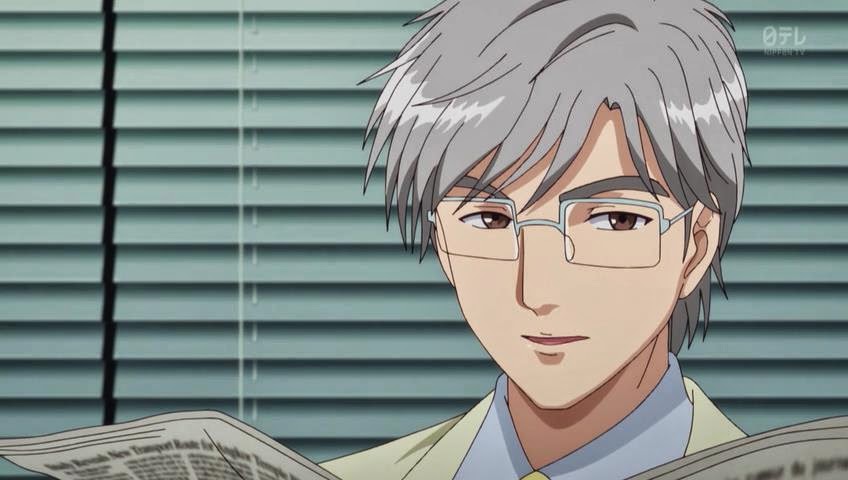
For household disinfection, sodium hypochlorite’s ability to denature proteins makes it highly effective at killing bacteria, viruses and fungi.

That’s why adding bleach along with your regular detergent doesn’t just sanitize the laundry it also gets clothes cleaner and whiter than washing with detergent by itself. Sodium hypochlorite hydrolyzes double bonds, breaking up soils and stains to make it easier for the laundry detergent to do its job getting clothes clean. The Difference Between Chlorine and Non-Chlorine BleachĮffective and economical, bleach gets the job done And finally, a polyelectrolyte complex improves brightening. Polyacrylic acid is included as an anti-redeposition agent. Sodium chlorate is naturally present in small amounts as an intermediate molecule during the natural breakdown of bleach to saltwater. In addition to sodium hypochlorite and water, small amounts of sodium chloride, sodium carbonate and sodium hydroxide are included for product stability and to maintain pH. Sodium hypochlorite works best when it’s part of a complete formula with ingredients to enhance the bleach active. The right formulation makes all the difference Where bleach comes from, starting and ending as salt water, is a big part of what makes bleach environmentally friendly. In fact, The Clorox Company’s headquarters has always been in Oakland, California where the company founders first used the salt water from San Francisco Bay to make bleach! Once it encounters organic material (like dirt) or heat or sunlight, bleach very rapidly breaks down into salt (NaCl) and water, where it all began. Historically, our bleach was made in a simple process beginning with passing an electric current through salt water to produce sodium hydroxide (NaOH) and chlorine gas (Cl2) these two products are then combined, producing sodium hypochlorite bleach

The bleach active in Clorox® Bleach is sodium hypochlorite (NaOCl).


 0 kommentar(er)
0 kommentar(er)
